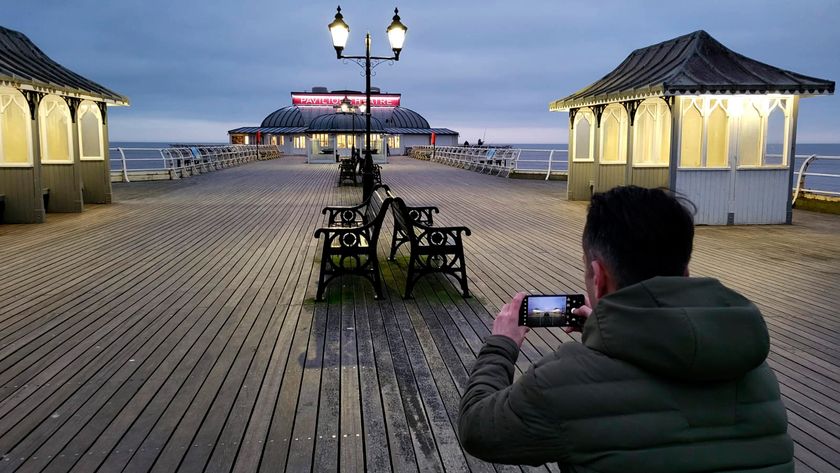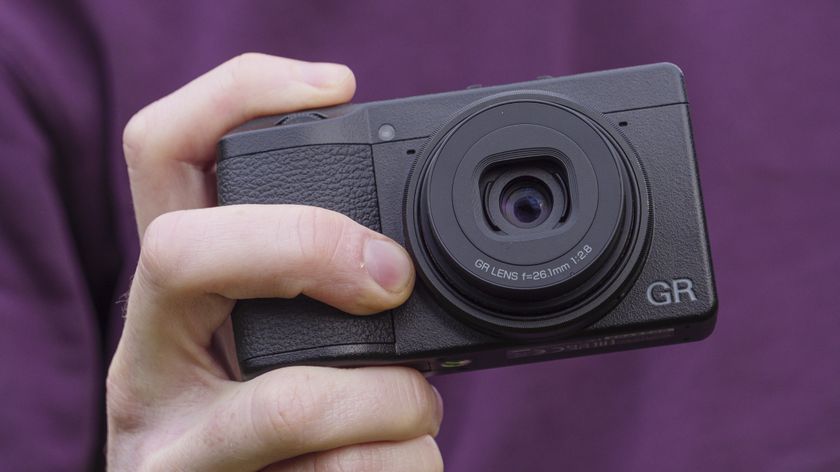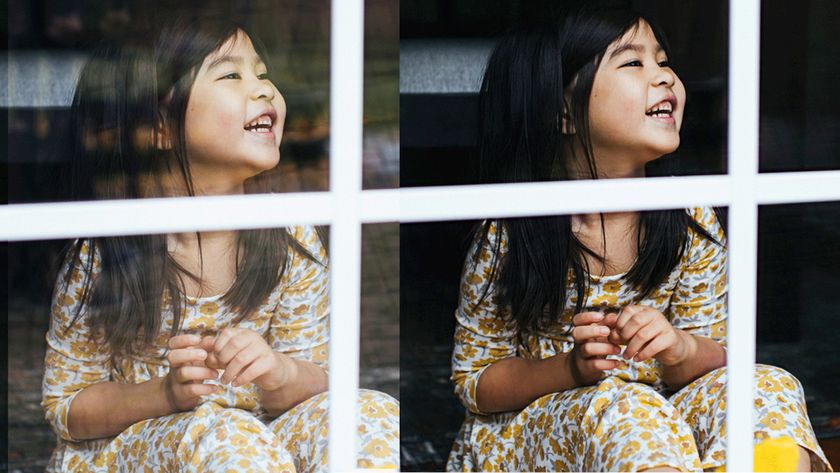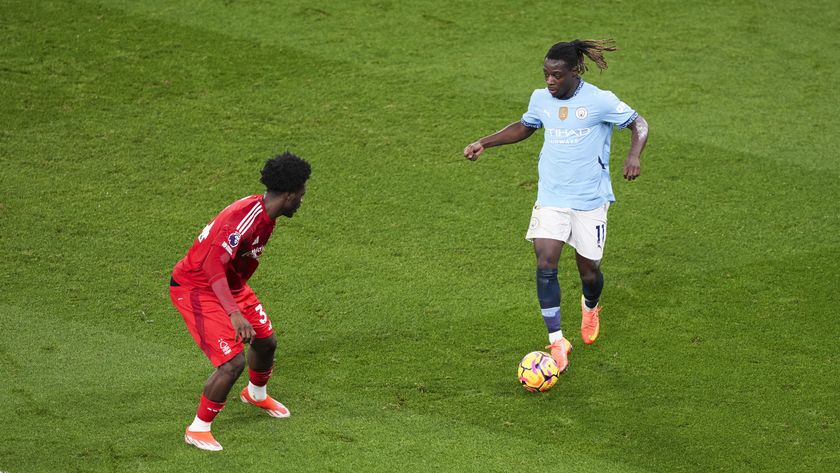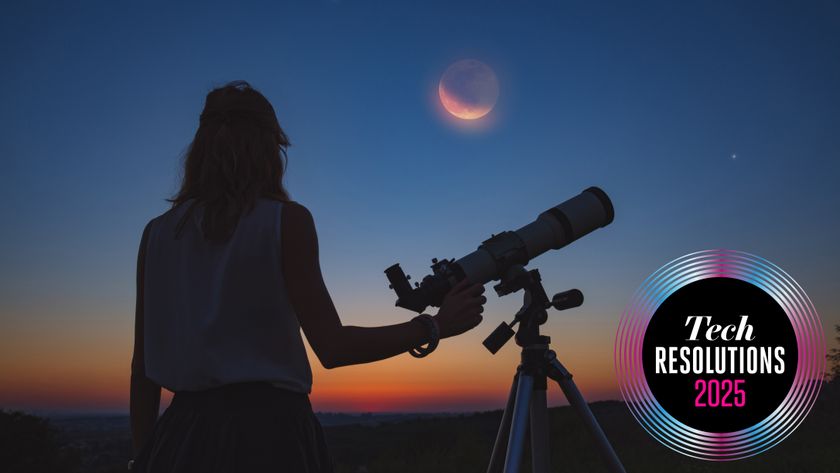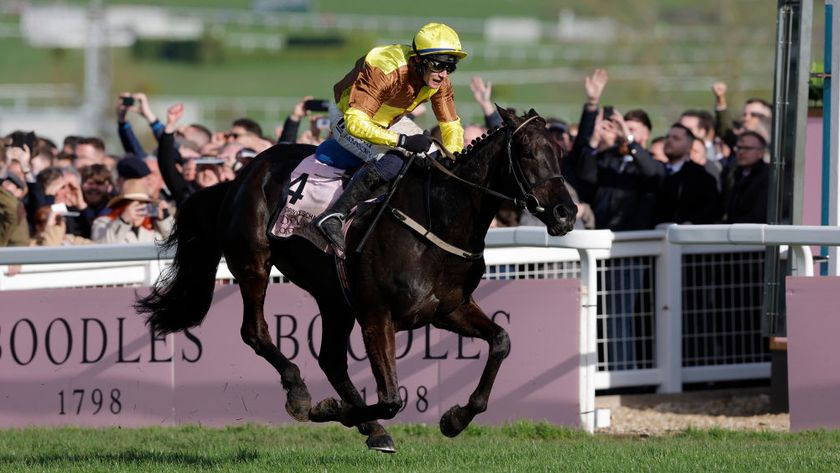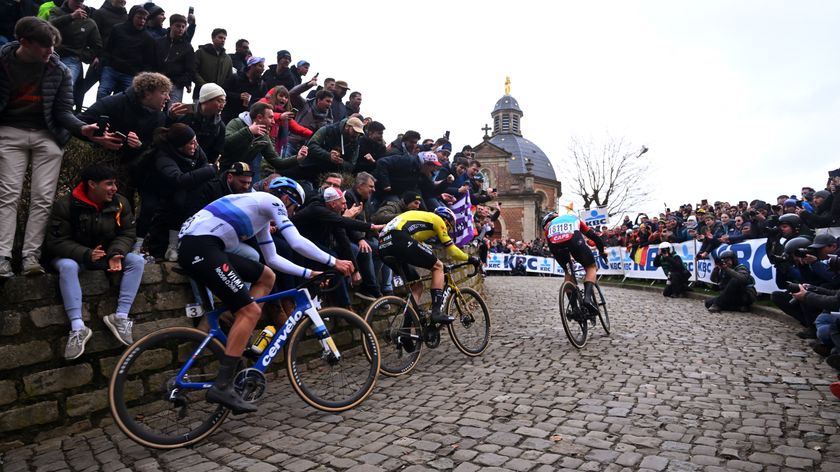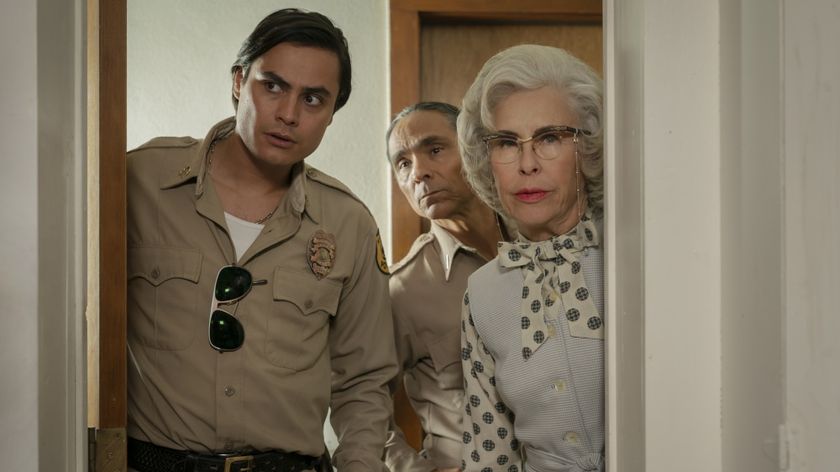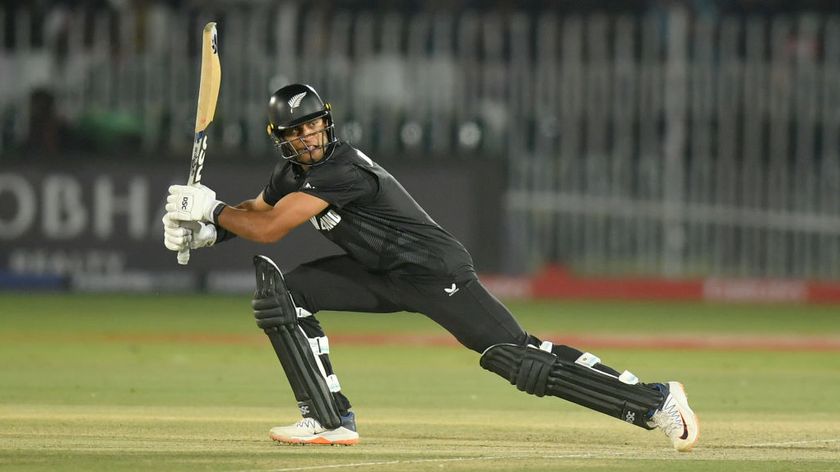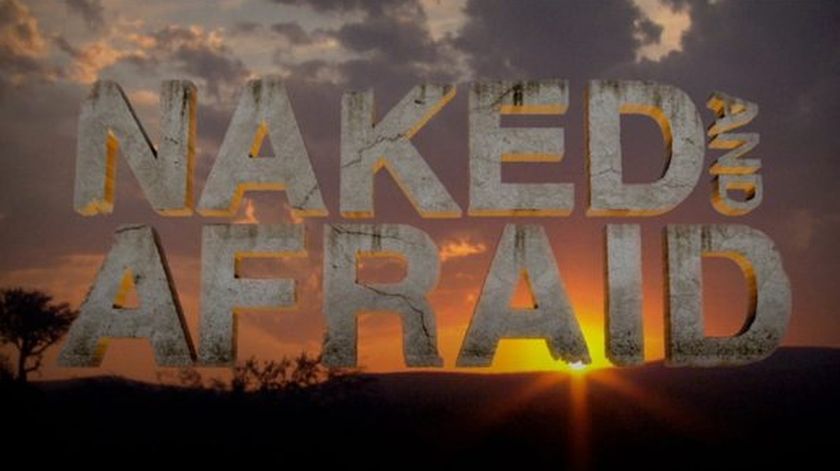Rule of Thirds: use it and break it with confidence
Third time's the charm

It may sound complex and mathematical, but following the Rule of Thirds in photography is a simple way of improving photo composition. The Rule originates from painting and drawing, but it's just as valid in photography.
The aim of the Rule of Thirds is to help create an image that feels balanced with the subject given the attention it deserves, and it is based on the principle that we tend to prefer asymmetrical images.


The first step is to imagine that there are two vertical and two horizontal lines that divide the scene into evenly sized sections, three vertical and three horizontal.
If you are composing a photo on the LCD screen of an SLR or compact camera or in an electronic viewfinder you may not even need to imagine this bit as there is often a grid view that can be turned on via the menu to indicate the vertical and horizontal sections.
When you are shooting all you need to do is to move the camera around, or maybe zoom in or out, until the important elements in the scene are arranged on these lines.
With a landscape, for example, this may mean tilting the camera down a little so that the horizon lies along the top horizontal line, so that two thirds of the image is taken up by the land and one third by the sky.

Now, if there was a particularly attractive tree in the landscape, you might want to walk around until you find a spot that enables you to compose the image with the tree lining up with one of the vertical lines.
Get daily insight, inspiration and deals in your inbox
Sign up for breaking news, reviews, opinion, top tech deals, and more.
The key to deciding where to put the horizon is to decide what is more important to the image. In the average landscape it is usually the land, but with a sunset, for example, it is more likely to be the sky, so you want it to occupy more of the image.
Wide appeal
This clever little rule can be applied to lots of different photographic genres. With portrait photography, for example, the eyes are often the most important element.
If you position them in the centre of the frame you'll wind up with lots of empty space above the subject's head. It's far better to position the eyes along the top horizontal line.


And if the subject is looking off to one side, don't have them looking straight into the edge of the image. If they are looking towards the right of the frame, for example, position them along the left vertical line so they are looking into the space on the right of the frame. It makes for a more comfortable composition.
The same principle can also be applied to action photography as images often look better if the subject has some space to 'move' into.
This can sometimes be tricky to achieve at the shooting stage, especially as the central autofocus points are usually the most accurate, but there's no shame in cropping image post-capture to get a more balanced composition - professional sports photographers do it all the time.

Break the Rule of Thirds
Like all the best rules, the 'Rule of Thirds' is there to be broken. While it can help with image composition there are times when breaking it results in a better image.
The important thing here is to break it rather than ignore it. Ignoring the rule could produce a randomly composed image, whereas consciously breaking it usually results in a more considered composition.

It's usually best to break the rule dramatically so it doesn't just look like an accident or sloppy composition. Shooting a landscape shot with lots of the sky and just a slither of the land at the bottom, for example, can really draw attention to a feature in the landscape.
Meanwhile, other scenes, look better with a symetrical composition. The latter works especially well with subjects that convey a sense of direction, a pier extending out into a lake for example, or an arrow in the road. In some cases the sense of symmetry can be heightened by cropping the image to a square.

If in doubt...
One of the great things about digital photography is that as long as you have the storage capacity, it doesn't cost you anything to shoot lots of images.
So if you are uncertain about how to compose an image and whether to observe the rule of thirds or not, try shooting both ways.
Over time you will begin to learn what will suit the scene before you. In some cases you may find that both work, but the images are very different.
